
The owl pellet dissection is an engaging lesson where students will be looking closely at regurgitated pellets and discovering energy transfer through the owl and their prey. Students will be creating

Radioactive Orbs
This lesson focuses on using the engineering design process and simple machines to design a device that the students can use to safely transport radioactive orbs across the span of 8 feet. Students

Students will read and respond to the story, Room on the Broom. Then students will plan and create a sturdy broom to hold as many pumpkin candies as possible.

Students will listen to a story then participate in a Round Robin discussion. After the Round Robin activity, students will make a reindeer and race it against another student's reindeer.

This interactive 4th-grade lesson plan focuses on erosion and weathering, key concepts in understanding Earth's geology. In "Dynamic Earth," students use an interactive simulation to explore how

Students will listen to Iggy Peck Architect by Andrea Beaty and describe what an architect does, engineering and the design process. Students will be able to design and engineer a strong bridge. They

Using the book "Those Darn Squirrels" by Adam Rubin, students will design and create a bird feeder to let the birds IN and keep the squirrels OUT! Communication, collaboration, and creativity are key
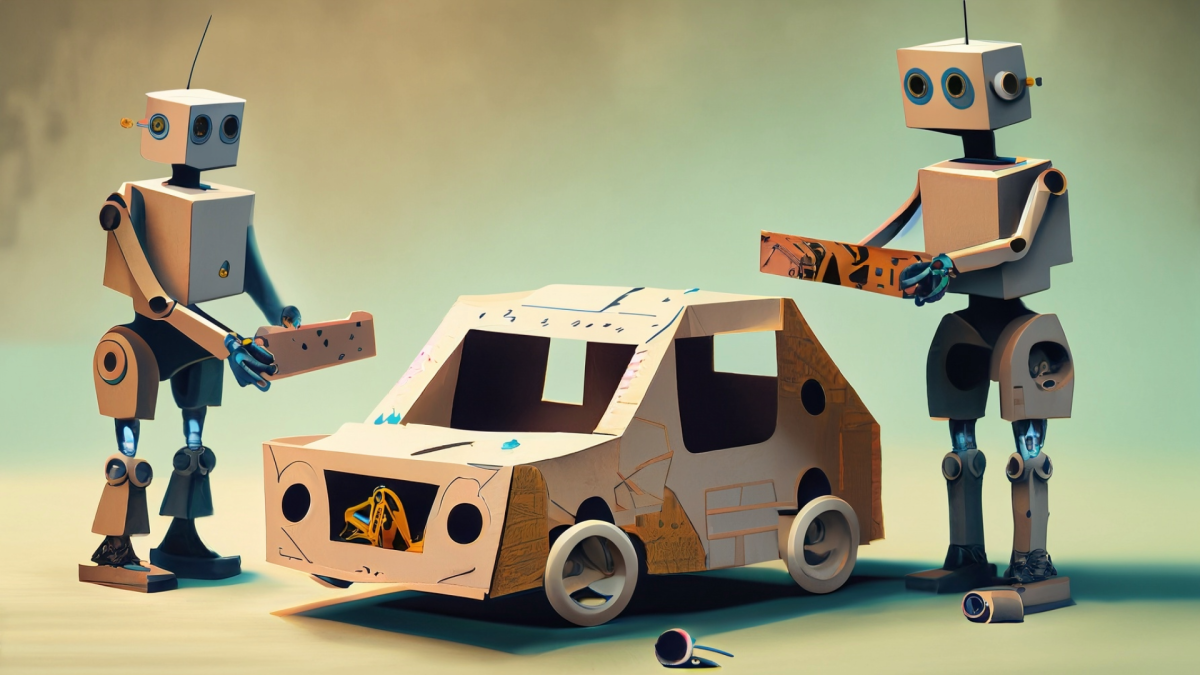
Students will create a STEM Cardboard challenge after listening to the story Not a Box by Antoinette Portis.

Using the engineering design process, students will collaborate to plan and build a tower...but not just any old tower! This "Tower with a Twist" has to include a suspended cup that can also hold
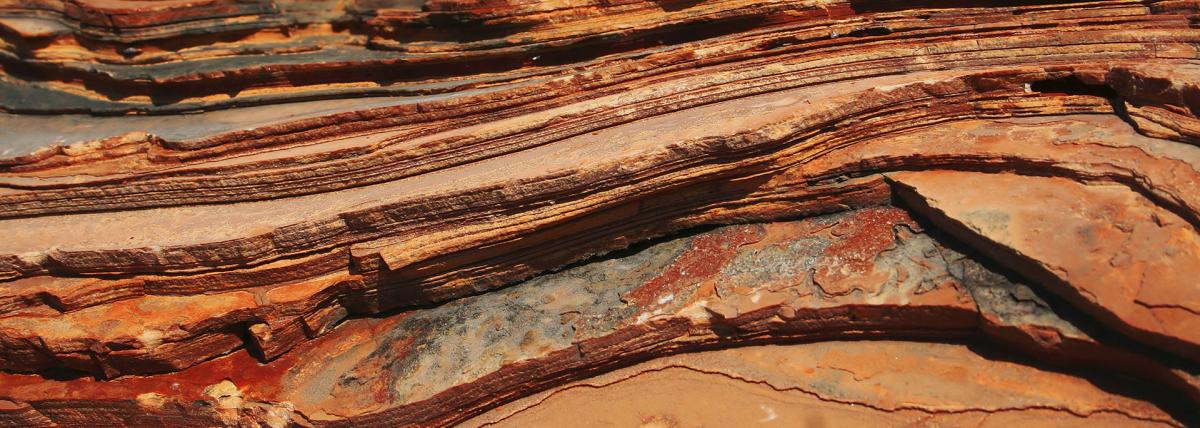
Explore Coal Mine Canyon's wonders! Watch a documentary, read about geology, draw the canyon, and use tech to learn about geological layers. Fun, interactive learning awaits!
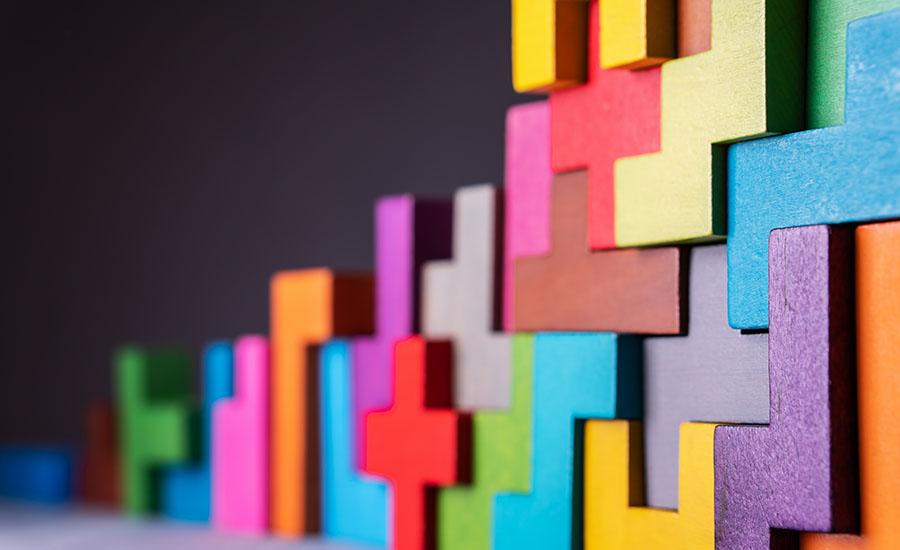
In this lesson, students build a free-standing structure while following set parameters. The challenge is that the structure's base cannot be larger than a 1" cube! Students will need to work together
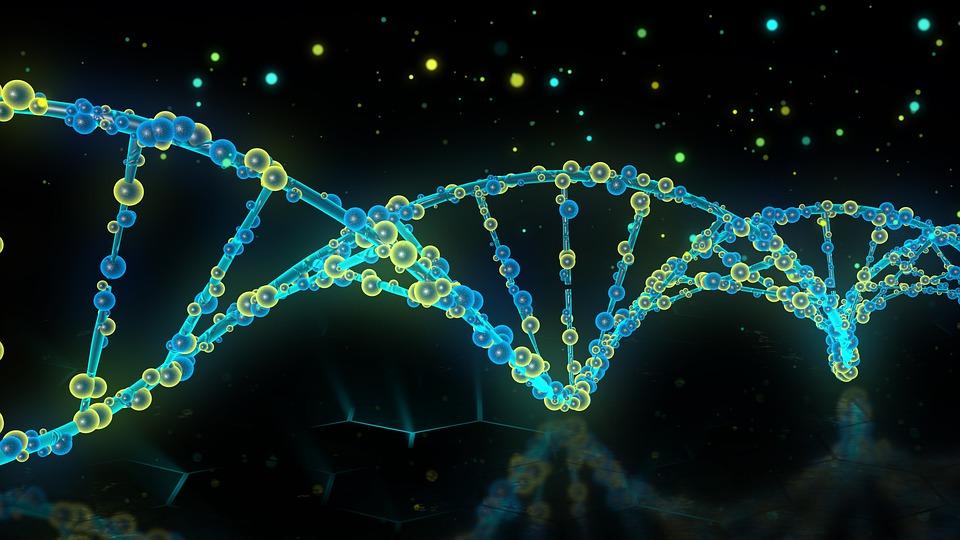
DNA, or Deoxyribonucleic Acid, is the molecule of life. DNA exists in every single organism, from the smallest bacteria to the largest mammal, and is the only known molecule that has the ability to

In this virtual reality frog dissection, students get to explore the anatomy of a female frog inside and out. The frog’s respective organs are scientifically accurate models to scale, allowing
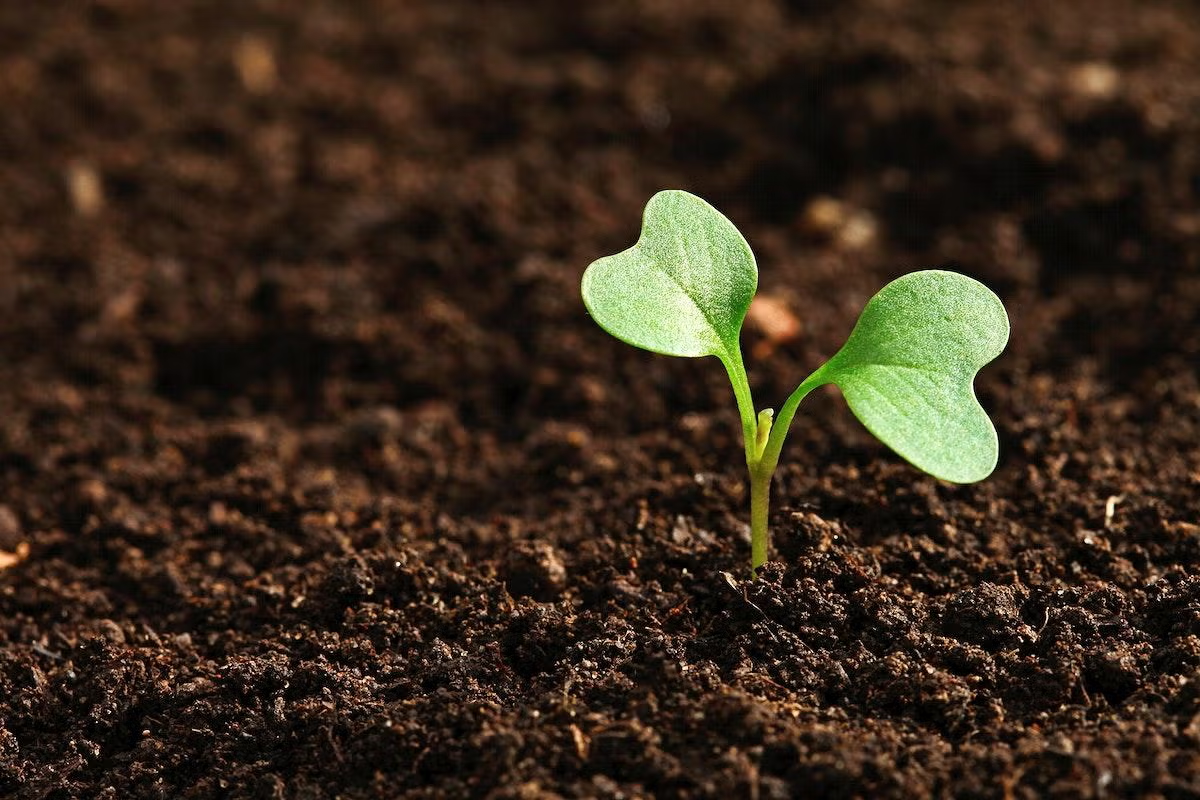
This lesson incorporates Math, Science and Reading standards into a pumpkin themed third grade lesson. Students will use a mentor text to relate to the life cycle of a pumpkin, create, compare and

This lesson provides the students an opportunity to learn hands-on. They work as a worm biologist or Annelidologist, observing how the external features of the worm, such as its segmented body and

Students will read the story, "How to Catch an Elf". Then students will use the engineering design process to plan, create, test and improve their elf trap. Students would see if their trap caught

Pumpkin Jack Part One
This lesson includes fourth grade reading, writing, math, science, and engineering standards. The potential is endless with additional enrichment activities. Students participate in the nurturing and

Simple Machines Save the Day
In this lesson students read about simple machines and learn that simple machines make it easier to lift or move things and that they can change direction and magnitude of force. Students use LEGOs to

In this lesson, students will not only learn about the anatomy of the stomach, but also analyze their eating habits and how their stomach changes throughout their day. They will graph these changes on

In this lesson students work together to create a model to show the relationship between plants and animals and where they live using play doh or clay. Students will explore things around them and
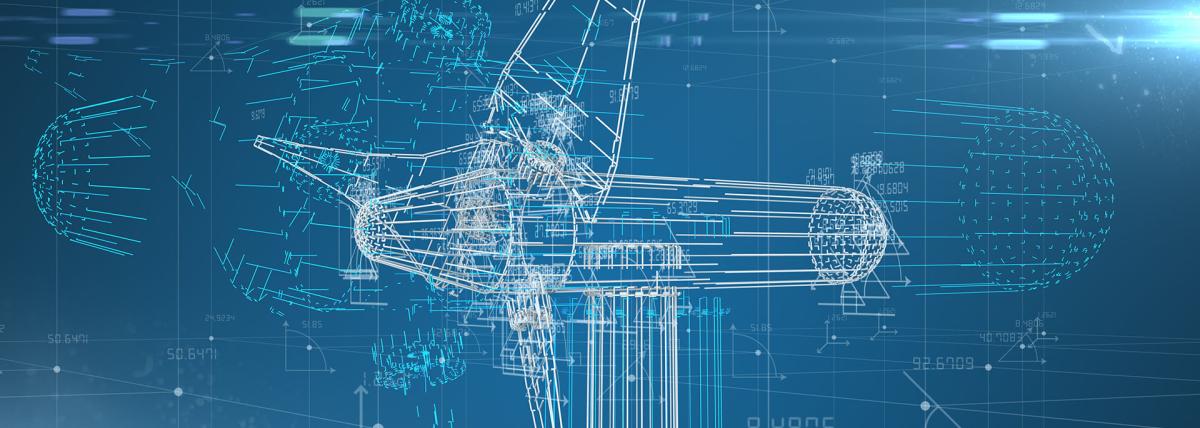
Students will learn about the four forces of flight in this introductory lesson. This is lesson one of a four-part unit and provides students with the knowledge they need about flight to engage in a

In this STEM Challenge, students add materials to help their rock roll better. Then, they examine how to push and pull their rock.
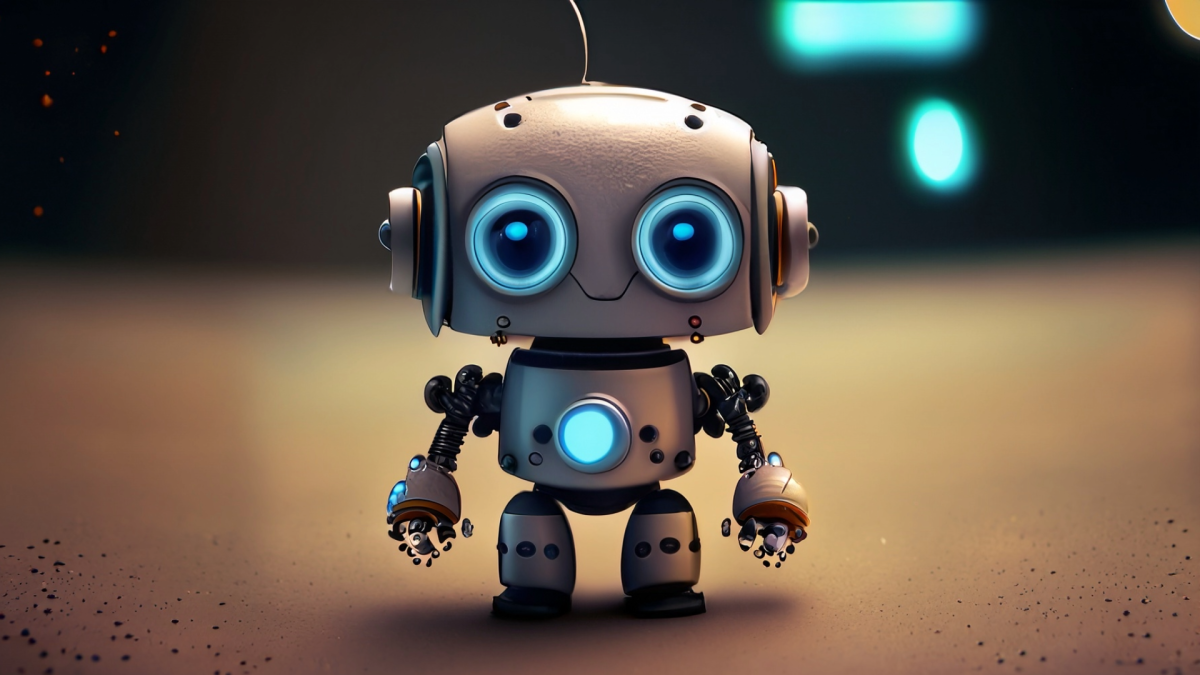
Through this project, students will explore the concept of the "robot brain" and its relation to AI. Understand the basics of circuits as a model for the functionality of a robot brain. Create a paper
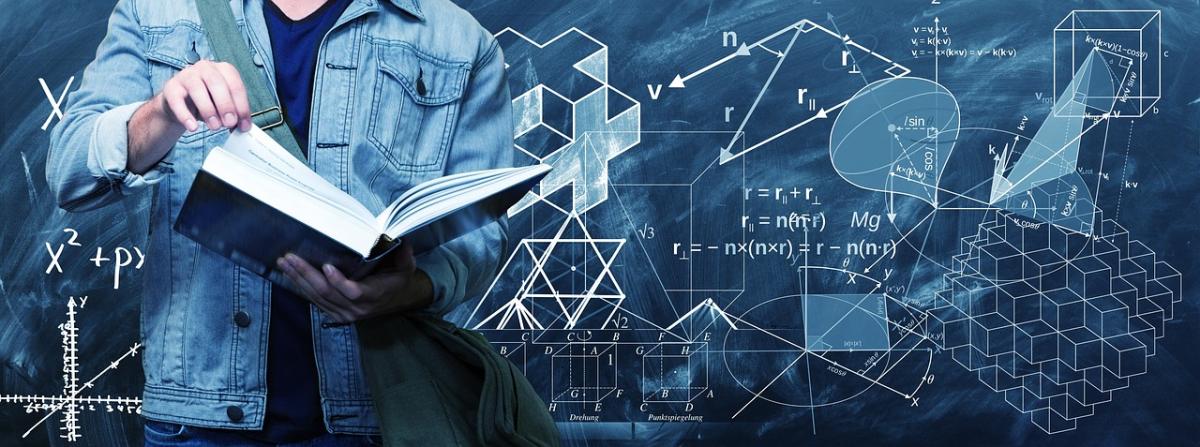
Students are tasked with using the Engineering Design Process to create a Valentine's Day mailbox to collect Valentine cards in the classroom. Designs will include a theme, geometry examples (angles


